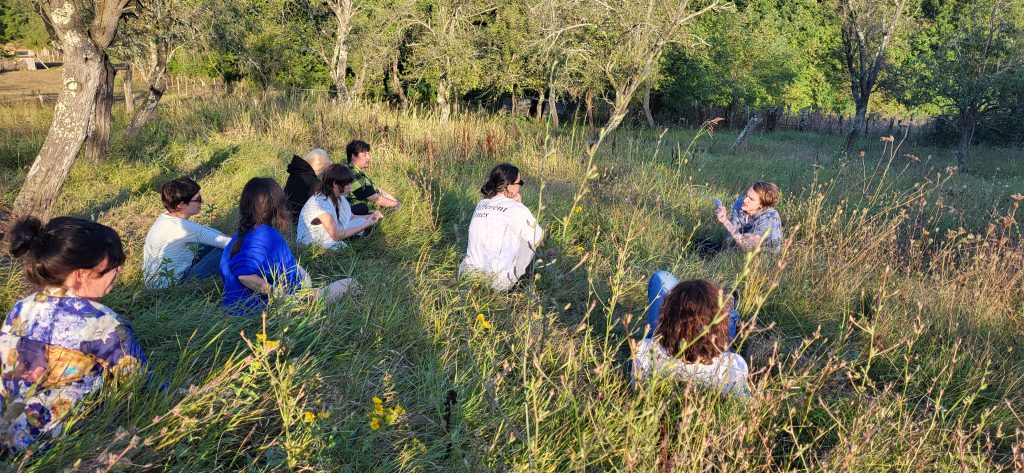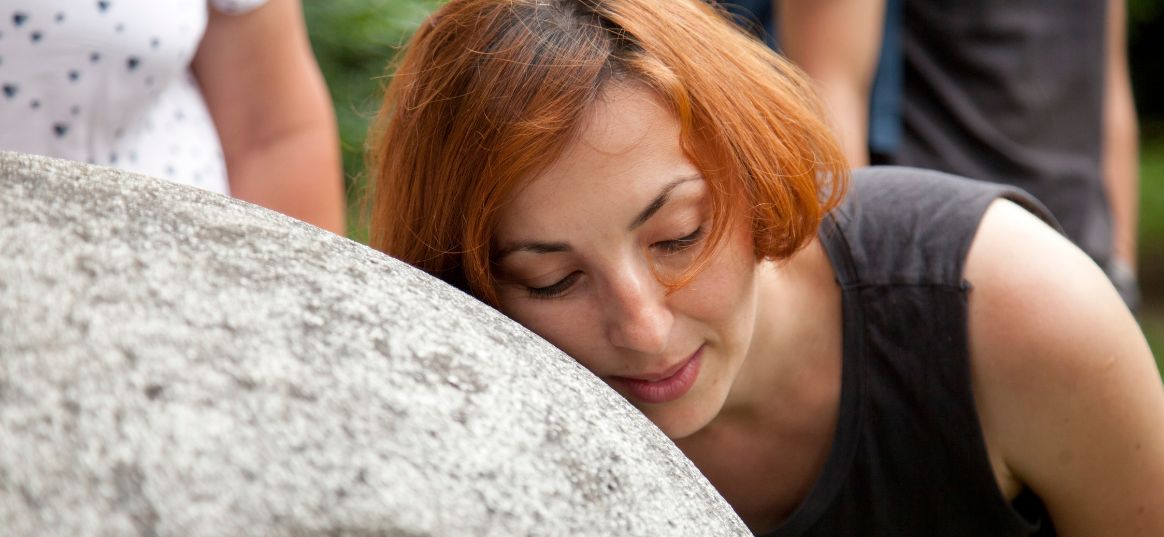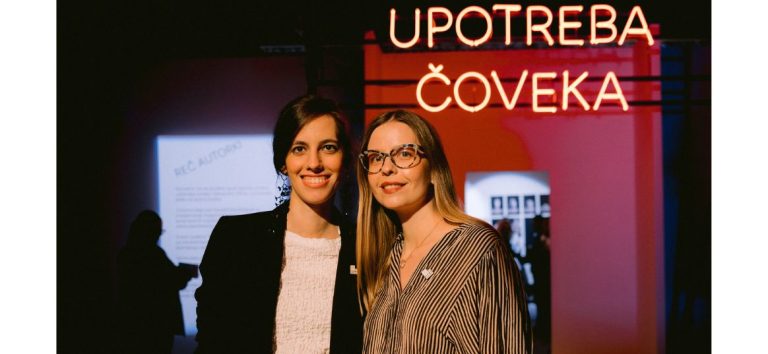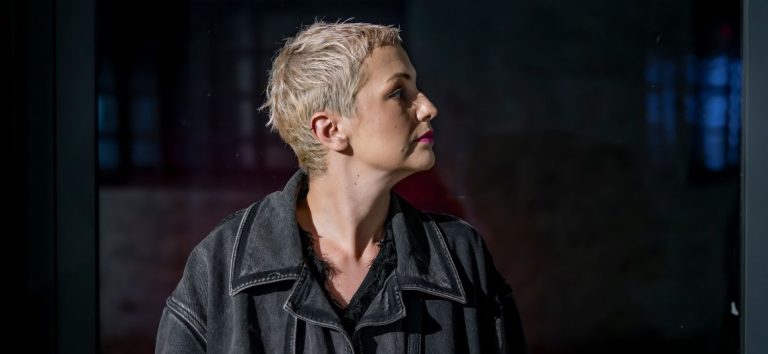A prominent independent curator Biljana Ćirić has been actively contributing to the art scene for more than two decades. She is the founder of the educational programme ‘What Curating Can/Should Be’ (WCSCD), which since 2018 has been exploring artistic and cultural practices with a special focus on rural areas. As part of this significant project, implemented with the Šok Zadruga, in the Radionica facility in the District on 15 June, a free workshop Starting a Dictionary: Between Collection and Transformation will be held (read HERE how to apply). On that occasion, in an interview with Visit District, Biljana Ćirić shared her insights on the importance of these programmes, challenges and advantages of working in rural areas, as well as future plans for WCSCD.
The workshop on artistic and cultural practices in rural areas, which will be held in the Radionica facility on 15 June, is part of the educational programme What Curating Can/Should Be (WCSCD). What can the participants expect and how would you describe the significance of the project?
It is a workshop that is free and open to everyone. There are no prerequisites to participate, no prior knowledge or skills are required. We encourage participants to share ideas in a safe and supportive environment where everyone feels comfortable sharing their thoughts. The workshop is part of the educational programme What Could/Should Curating Do, whose research focus is artistic practice in rural areas, which implies field visits, conversations and creating archives, we also try to practice further research through public workshops. As you probably know, a whole discourse has developed in the post-pandemic world that tries to think and practice beyond the dualism of nature/culture, urban/rural, male/female, but also to think about how to practice sustainability and what that means. We began to address these issues by acknowledging the practices of the past, as well as by looking at their problems. We hope that the workshop will open up some of these questions.
What inspired you to focus on artistic processes and cultural practices in rural communities?
It is part of a self-reflective process, as our platform WCSCD took over the custodianship of land in rural Šumadija and with the help of local and international colleagues we began to think about what it means for an art institution to become a custodian of the land.

One of the goals of the workshop is to create a new archive of knowledge through collective writing and exchange of ideas. How do you approach facilitating such collective processes and what are the biggest advantages and challenges you face?
Educational programmes in our case were and will be a training ground for creation and collective learning of how to make the institution function differently. Having an educational programme as a major activity was important in shaping the direction of WCSCD as an institution and its future, many of the issues we face now cannot be solved by individuals; we need collective effort and collective wisdom.
The workshop programme covers topics such as gender complexities, economic strategies and spirituality in rural areas. How do you expect participants to contribute to a broader understanding of these issues?
Donna Haraway claims that the moral is simple: only partial perspective promises objective vision. All Western cultural narratives of objectivity are allegories of ideologies governing the relations of what we call mind and body, distance, and responsibility. Feminist objectivity is about limited location and situated knowledge, not about transcendence and the separation of subject and object. Starting with the understanding that each of us, including workshop participants, can contribute partial knowledge, is something that is very important to acknowledge at the beginning.
How did you select the team of curators and artists to work on this workshop, and how did their previous experiences shape the project?
Since 2018, the educational programme is international, so curators and artists from all over the world apply through a public call. This was also the case with the group that organizes the workshops. It is a group of colleagues who are interested in researching different working methodologies within art and generally through the educational programme we try to practice those methodologies.
You founded the What Curating Can/Should Be (WCSCD) programme back in 2018 in Belgrade. How did you come up with the idea to start this programme and what was the process of developing it?
The idea developed in a very simple way after my first encounter with work in local institutions, when I realized that there is no programme dedicated to curatorial and artistic research in the region, while globally in the last two decades we have witnessed many master’s programmes on curatorial and artistic research. I created this programme because I believe that education is key to many things – to creating institutions, creating policies, and imagining different ways of working. We need a constant process of learning and unlearning. The programme started with a duration of three months, and from 2022 it switched to a one-year programme that is equivalent to master’s studies. Apart from me, within the programme I always invite numerous international mentors who come to mentor and spend time with us.

How do you see the future of the WCSCD project and how do you plan to continue researching artistic practices in rural areas after these workshops?
WCSCD has entered a new phase of further institutionalization and we are developing a number of different programmes and researches. Regarding the research that will be presented through the workshops, we hope to continue mapping recent initiatives in the region that have emerged especially in post-pandemic situations, looking at the potential of rural areas as places of cultural production.
As an independent curator, you lived in Shanghai for twenty years. Can you, in general, compare the production of artistic work in China and Serbia, considering the rich experience you have gained?
It is almost incomparable, honestly, they are two different worlds. Our artists find ways to survive and do something in the field of culture. Since 2004, when I started working in the sector, Shanghai has had one contemporary art museum, and now there are at least 15 contemporary art museums and they are internationally networked institutions. For 20 years, Serbia has not had an institution that continuously and consciously promotes the work of our artists at the international level.
Author: Marina Marić
Photo: Private archives








